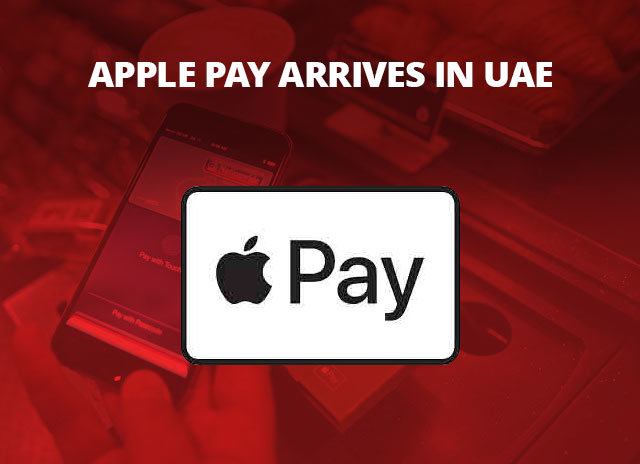10 Interesting Trends for Web Design for 2020
The world that we live in today, it is imperative for any business to have a flawless and a ‘responsive’ website. A good website is responsible for nearly 95% of the first impression that people form about a company or a brand.
Websites have seen a complete makeover from the time of its inception. From providing basic information about an organization or a brand to now providing a platform to communicate with its users, engaging them, making them a part of the brand story to achieve higher awareness and higher sales.
Good web design is essential as it has a direct correlation with how a brand is perceived by its audience. For some companies, it plays a vital role as it is the only component leading to their growth and expansion.
Web design trends are evolving all the time. Incorporating the latest web design trends will ensure a modern and updated site. Web Design Trends 2020 is an absolute mixture of minimalism, bold typography to using ever-evolving high tech technology to take the website experience to the next level.
10 Web Design Trends for 2020
- Dark Mode: this trend was followed in 2019 and has stayed on and made its way into 2020. Dark mode designs are modern and make design elements stand out more, thereby creating a higher contrast ratio. Offering an elegant and sleek layout to having a positive impact on battery life and energy consumption, the dark mode has benefits of reducing the strain to the eyes by reducing the use of light pixels which lowers the brightness of the screen.
- Minimalism: is one of those classic web design trends that never seems to fade. This trend has even more relevance today as the attention spans are becoming shorter and so are the screen sizes. The main focus remains on the core features of the website rather than the visual appearances. The less a user has to think about moving around the website, the more attention they will pay to content. Photos and videos are an effective way to influence users with the use of minimal text.
- 3D Elements: one of the most alluring elements of web design that make a website more fun, engaging, and keep the visitors stay longer are the 3D elements. In 2020 more immersive 3D web designs will be seen creating higher engagement than ever before. The level of realism and depth that can be achieved is inaccessible by any other digital technology. This will especially hold true for e-commerce where such design will be used to present a product.
- Artistic Illustrations: the purpose of an illustration is to tell a story to the audience, to capture their attention, and help them visualize aspects of the product or service. Different styles of illustrations for web designs are a trend in 2020. It will not only combine art and design but will also look at aesthetics and photos. It is important to keep in mind to match the style of illustrations and graphics with the brand personality.
- Luminous Colour Scheme: use of futuristic colour schemes in the form of bold colour pairings to make the web designs come alive on screen are trending for 2020. A mix of colours like dark neon, hues of blue and purple and hot pink give a glowing feel.
- Black and White: web designs with the black and white theme have always been a trend as they have a very classy and elegant feel to it. Websites following this trend in 2020 are often minimalist with bold typography and artistic photographs or illustrations.
- Frames of White Spaces: bleed layouts have been a trend for a while but now web designers are doing away with it and are leaning more towards the use of solid structures and devising ways to use white space to give more structure to the designs and making use of clean frames for design stability. This enables the visuals to shine creating a sense of order to the website.
- Shadows, Layers, and Floating elements: are all about creating depth. Soft shadows and floating elements add interesting elements and depth to the page by giving it a 3D lite look. These can also be used in the text and photos. Layering multiple elements such as images, icons, videos, text can lead to a web presentation with an undisturbed flow. These elements create a sharp contrast from the classic flat design by giving the design a light feel as if the elements are floating over each other.
- User Triggered Animations: a growing trend in web design is having animation triggered by an input or action by the visitor. This is a very exciting feature and adds a new dimension to the webpage.
- Voice capable interfaces: voice search is taking over search on a website. This is possible now through AI and voice user interface technology. It becomes imperative for a website to have voice capable interface since voice search for search. It adds more functionality to the website and is extremely helpful for people with disabilities.
End of the day, websites should tell compelling stories through their design and content to engage and convert visitors into loyal customers.
The year 2020 is set to be a year of diversity when it comes to the trends dominating the web design. Trends are more futuristic than they have ever been to. This year will see the development of web designs being technology-driven apart from being eye-catching through the use of visuals, colours, and 3D effects and some of the old trends being reinvented to cater to the new styles. Web designers will have an array of choices to create an attention-grabbing web experience.



















